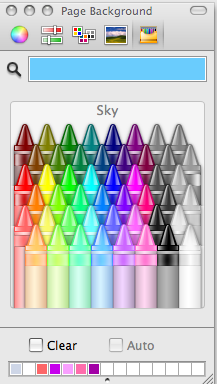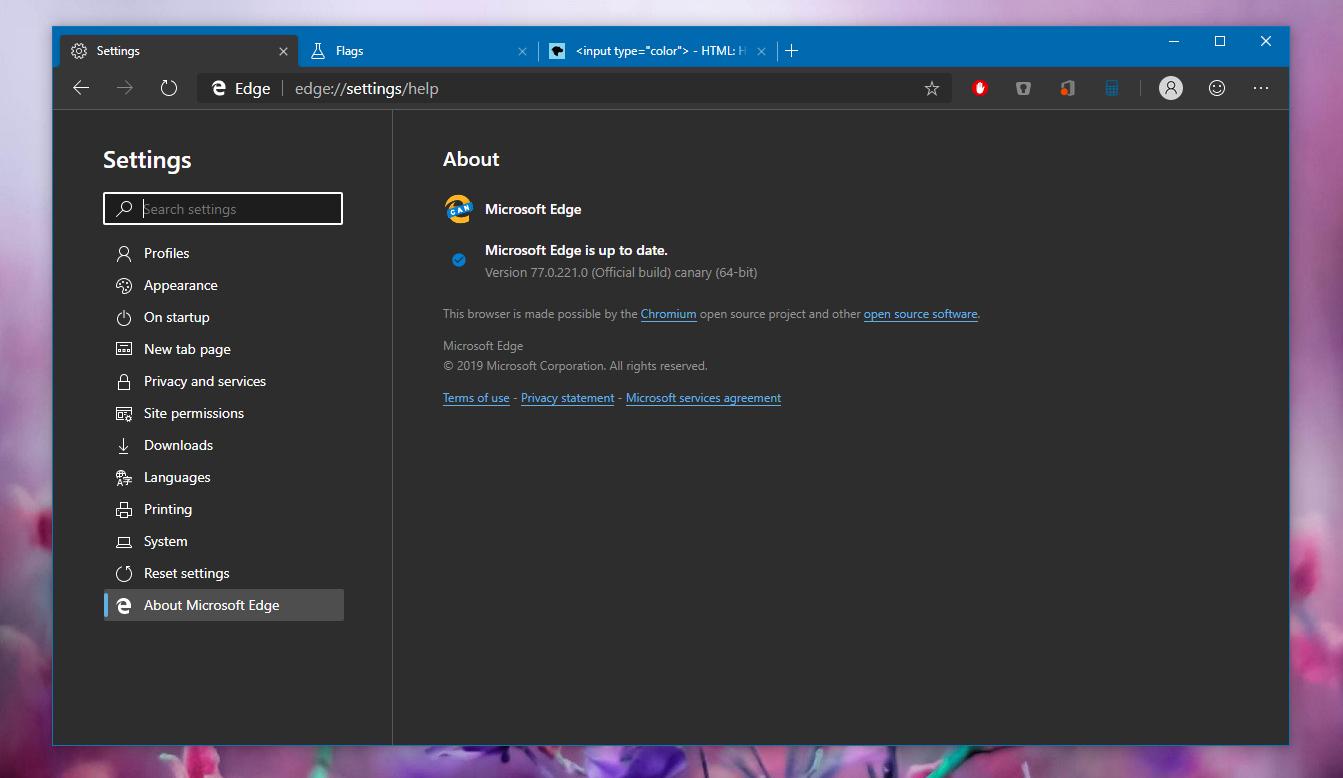

NET-capable languages are able to access.įrom a shell perspective, PowerShell is a great improvement over Microsoft's legacy shells, and CMD.exe. PowerShell also has access to the majority of the functionality which any of Microsoft's. PowerShell is a very versatile text-based shell, supporting a great number of functions accessible from the command line, in the form of cmdlets, and through the use of scripts or compiled executables. PowerShell is a relatively recent addition to the world of Microsoft operating systems, with version 1.0 being released in 2006 and 2.0 in 2009. 3 Some of these are a bit dated at this point, but most of the documentation is still accurate and should be enough to get going with batch files. Those who are truly interested in learning the ins and outs of batch files can check out the resources that Microsoft has on the TechNet site. We could obviously add quite a bit of formatting, logic and flow controls, and many other features to our little program, but we might be better off using a different scripting language if we wanted to develop a more robust tool. Now we just need a file called hosts.txt with a single IP address on each line, and our batch file will march through all of them. A very simple script indeed, but one that gets the job done. Next we enter the loop and, for each line in hosts.txt, we ping the host. In our simple batch file, we first turn echo off, in order to not output the mechanics of the script executing, then we set EnableDelayedExpansion so that the variables will function properly and only be expended inside our for loop. We can put together a quick batch script that will ping a list of IP addresses from a offįor /f "tokens= ∗ delims= " %%a in (hosts.txt) do ( bat extension, are used for a variety of tasks, mostly in the nature of small utility functions, although if we look back to older operating systems, we can find them actually used in starting parts of the operating system.īatch file scripting has a language of its own which, although not terribly complex, can still be useful for some things.

Batch filesīatch files have been around since the early days of MS-DOS, and have continued through the most recent Microsoft operating systems. One of the most noticeable differences when using the two shells is that does not support long filenames, thus forcing the use of constructs such as Progra~1 to address directories such as Program Files. is actually a version of 16-bit DOS running in a shell and provides a similar but not identical set of functionality. It is not a DOS shell, and does not provide the same functionality as such shells. CMD.exe is a text-based interface to the operating system. Ultimately, and CMD.exe are two different tools. In the newer 64-bit versions of these operating systems, is not available at the time of this writing, and may continue to be unavailable in the future. and CMD.exeĬ and CMD.exe are the two main shells available in most Microsoft operating systems. Even so, this leaves us with several choices when we need to put together scripts for Windows, including scripting with the standard command interpreters and PowerShell, as well as Cygwin or any other custom solutions we might find installed. On Microsoft operating systems, due to the generally closed nature of the operating system and standard applications and utilities present, we will often only find ourselves with access to the built-in text-based shells.

Fortunately, Microsoft operating systems currently have a very well-developed and strong capability to conduct administrative operations from the command line and provide us with tools such as PowerShell to use in our efforts. As penetration testers, we would be foolish to ignore the scripting capabilities of this enormous share of the market. Microsoft operating systems hold 75 percent of the operating system market as of March 2011.
Microsoft equivalent to os x color picker utility windows#
Jason Andress, Ryan Linn, in Coding for Penetration Testers, 2012 Windows Scripting


 0 kommentar(er)
0 kommentar(er)
